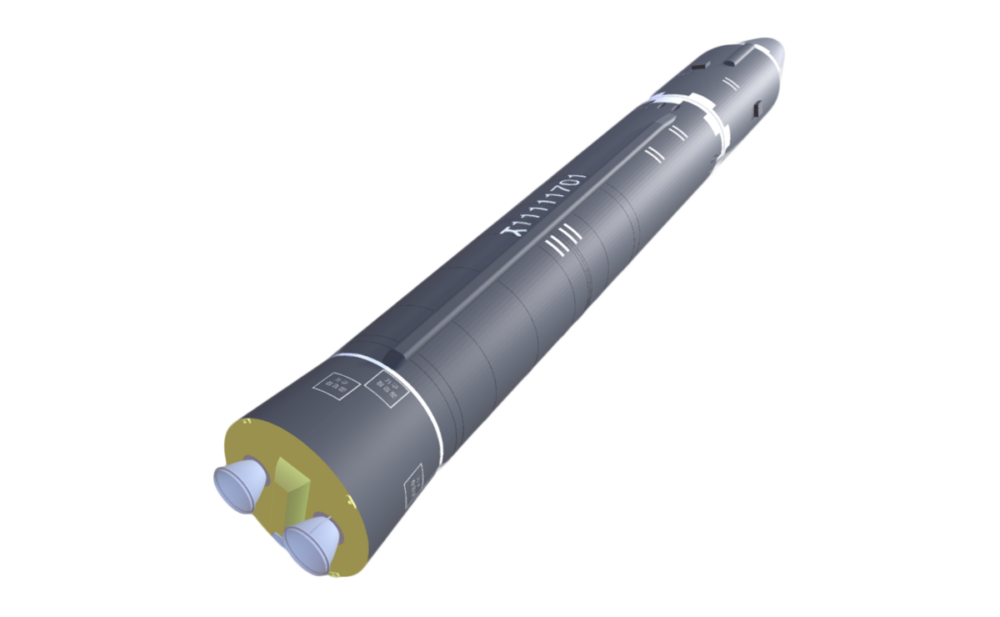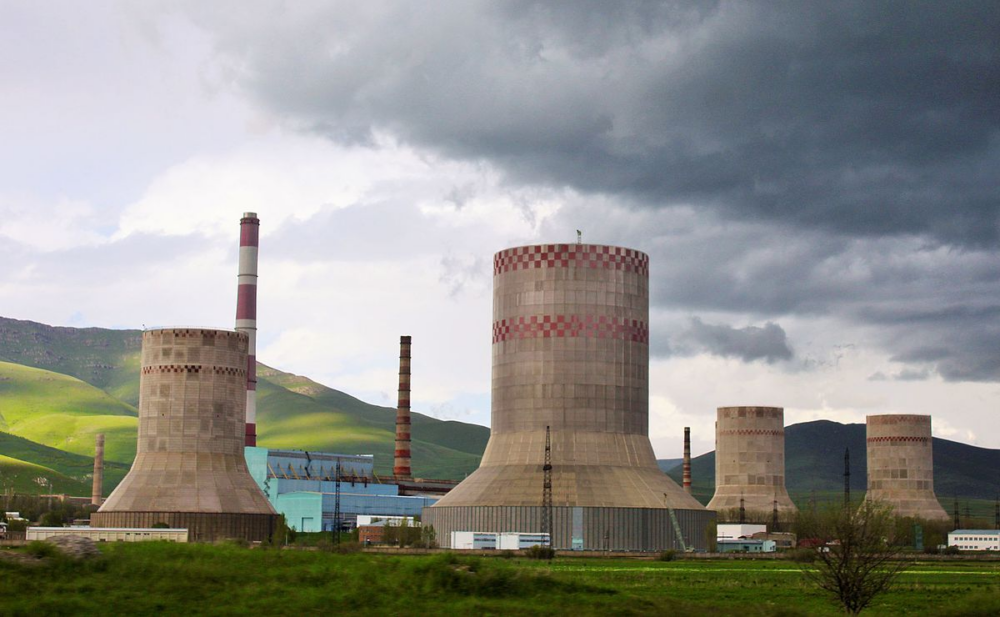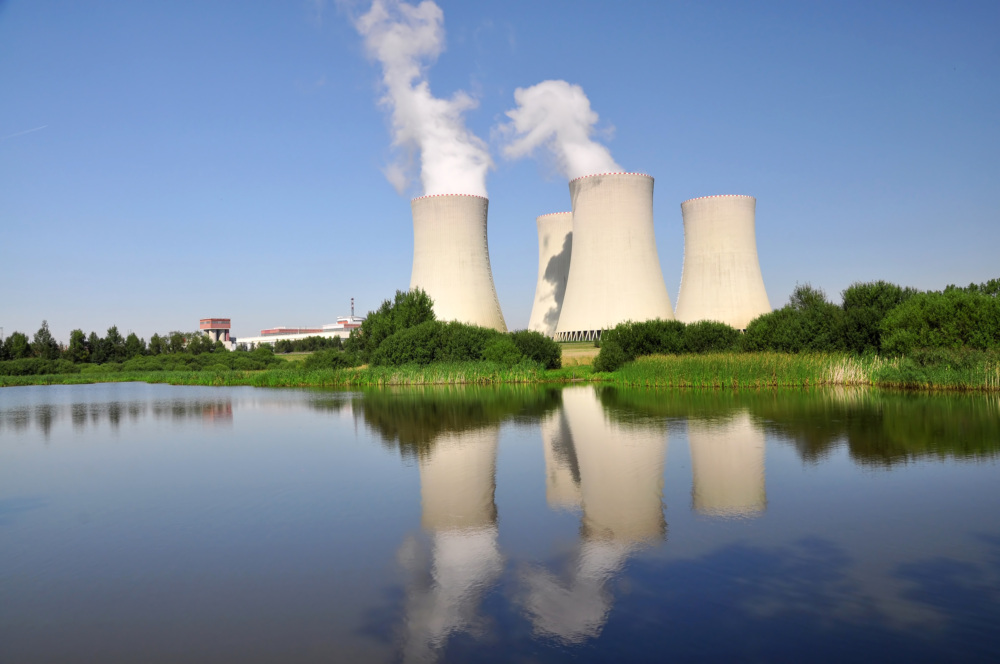
The CNS North Korea Missile Test Database
A collection of missile tests including the date, time, missile name, launch agency, facility name, and test outcome.
When the Soviet Union collapsed, Armenia did not have any weapons of mass destruction, WMD manufacturing capabilities, or means for their delivery on its territory. Armenia is a party to all major nonproliferation treaties and regimes.
Armenia is a party to the Nuclear Non-Proliferation Treaty (NPT), has an Additional Protocol with the IAEA, and has ratified the Comprehensive Nuclear Test Ban Treaty (CTBT).
The country has two nuclear research facilities: the Yerevan Institute of Physics and the Analitsark Research Facility in Gyumri. 1 Neither contains fissile material. Armenia has one nuclear power plant, Metsamor, (also known as the Armenian Nuclear Power Plant), which contains two VVER-440 reactor units and produces approximately 40% of the country’s electricity. 2 Unit 1 went critical in 1976 and Unit 2 in 1980. 3 Both units were shut down after a major earthquake in 1988. Unit 1 is permanently out of operation, while Unit 2 was re-commissioned in 1995. 4 The re-opening of Unit 2 played a crucial role during the period of economic recovery following Armenia’s independence by providing Armenia with surplus power capacity. 5 In March 2014, the Armenian government approved a plan to extend the plant’s operational lifespan until 2026, with repairs scheduled beginning in 2017. 6 These repairs have been funded by the Russian Federation, which has offered Armenia a grant of $30 million and a loan of $270 million to complete the necessary work. 7 The Russian Federation supplies the nuclear fuel necessary for Metsamor’s operation under a 2003 agreement between Russia and Armenia that ceded management of the plant to Russia’s electricity monopoly Unified Energy Systems (UES). 8
Expert bodies and representatives from the region have expressed concerns about the potential for accidents at the site, given the age of the reactor and a history of seismic activity in the area. 9 Turkey and Azerbaijan have been similarly vocal in expressing their concerns about the nuclear power plant’s safety and security, though some of these critiques may also reflect longstanding political and historical tensions between these countries and Armenia. In a statement before the UN Security Council in 2012, the Permanent Representative of Azerbaijan to the United Nations voiced reservations regarding the security of the Metsamor plant in the context of a discussion on preventing nuclear trafficking. 10 At the May 2015 International Energy and Environment Fair and Conference, the Turkish Energy Minister called on environmentalists to march in protest of the plant as outdated and unsafe. 11 Despite these concerns, the IAEA has granted an extension, allowing Metsamor to remain in use until 2027. 12 The European Union has also agreed to Armenia’s extension plan despite previous misgivings.
Armenia has worked closely with the IAEA, the United States, and other states to improve the physical security of Metsamor, investing millions of dollars in security enhancements. 13 In spite of Armenia’s commitment to security at the plant, officials have refused to export its spent nuclear fuel to be stored or recycled, and have moved forward with plans to construct a third storage facility for the material. The 2003 management agreement with Russia stipulates that spent fuel be transferred to Russia. 14
In July 2020, amid fighting on the Armenia-Azerbaijan border, the spokesperson for the Azerbaijan Defense Ministry threatened a missile strike against Armenia’s Metsamor NPP, warning that such an attack would be catastrophic for Armenia. Yerevan condemned the Azerbaijani Defense Ministry’s statement as a crime. 15
Armenia is a participant in the CIS (Commonwealth of Independent States) Committee on Peaceful Use of Nuclear Energy. 16 Armenia has also joined the International Uranium Enrichment Center at Angarsk, Russia.17
The United States has provided ongoing assistance to Armenia for improving its export control system and border security. 18 In May 2012 Armenia and the United States concluded a bilateral agreement to curb the trafficking of illicit materials through Armenian territory, where in recent years a number of Armenian citizens have been caught trying to sell radioactive materials. 19 With U.S. assistance, Armenia opened a new nuclear forensics lab in January 2013 to enable the government to investigate and prosecute smugglers more effectively. 20
Armenia acceded to the Biological and Toxic Weapons Convention (BTWC) on 7 June 1994. There is no evidence that Armenia possesses or is pursuing biological weapons. During the Soviet era, the Armenian Center for Prophylaxis of Especially Dangerous Diseases (formerly known as the Armenian Anti-Plague Station) was part of the Soviet anti-plague system. The role of this facility was to control endemic diseases and prevent the importation of exotic pathogens that could threaten crops, animals, and humans. 21 In the late 1960s, the system also was tasked with defending the USSR against biological attacks. The center’s present goal is to protect against infectious outbreaks of deadly diseases and to study domestic zoonotic pathogens. 22 In 2010, the U.S. Department of Defense and the Ministry of Emergency Situation of Armenia agreed to cooperate in the area of prevention of proliferation of technology, pathogens and expertise that could be used in the development of biological weapons. 23 In 2017 the U.S. Defense Threat Reduction Agency (DTRA) constructed three biosafety and biosecurity laboratories in Armenia, and provided new technology and seismic protection to replace outdated Soviet-era facilities that raised concerns from the Russian side. 24 DTRA also invested $9 million into ensuring the new labs meet international biosafety standards. 25
Armenia possesses a limited arsenal of short-range ballistic missiles. These are primarily purchased from Russia, as Armenia does not domestically produce ballistic missiles. Between 1993 and 1996, Russia secretly transferred a number of short-range ballistic missiles to Armenia. 26 As of 2005 the country possessed 32 operational R-17 Elbrus missiles (NATO designation SS-1-C Scud-B) and eight launchers, with a range of 300 km. 27 In 2010, the Armenian defense ministry confirmed that it had an unspecified number of Russian-made S-300 (NATO designation SA-10 Grumble) surface-to-air missiles. 28 At a military parade in Yerevan in September 2011, the Armenian military for the first time publicly displayed its tactical ballistic missiles, which included several short-range OTR-21-U Tochka missiles (NATO designation SS-21 Scarab C). 29 The Russian military, which operates bases in the country through a joint defense agreement, has also deployed several Iskander-M (NATO designation SS-26 Stone) systems in Armenia, which have an operational range of 400 km and are designed to evade theater missile defense systems. 30 In 2016, Russian media outlets reported that Armenia purchased several Iskander 9K720 mobile short-range ballistic missiles from Russia. These were seen at a military parade later that year, and have contributed to increased tensions between Armenia and its neighbors, especially in the wake of the April 2016 “Four Day War” with Azerbaijan. 31 In 2017, President Sargsyan threatened the launch of Armenia’s 9K720s in response to further Azerbaijani attacks. 32
On 15 May 1992, Armenia signed the Tashkent Agreement of the Commonwealth of Independent States, according to which Russia was acknowledged as the legal inheritor of Soviet chemical weapons. In signing the agreement, Armenia agreed to comply with the 1925 Geneva Protocol, to abide by the Soviet moratorium of 1987 on the production of chemical weapons, to coordinate its policy with a view to achieving the speedy conclusion of a multilateral and verifiable convention on the prohibition of chemical weapons, and to coordinate its policy in regards to controlling the export of dual-use chemicals. Armenia is a member of the Chemical Weapons Convention and a founding member of the Organization for the Prohibition of Chemical Weapons (OPCW).
Sign up for our newsletter to get the latest on nuclear and biological threats.
A collection of missile tests including the date, time, missile name, launch agency, facility name, and test outcome.
At this critical juncture for action on climate change and energy security, 20 NGOs from around the globe jointly call for the efficient and responsible expansion of nuclear energy and advance six key principles for doing so.
Information and analysis of nuclear weapons disarmament proposals and progress in Belarus

